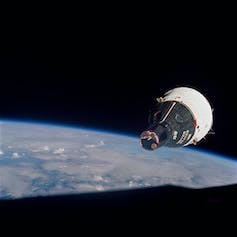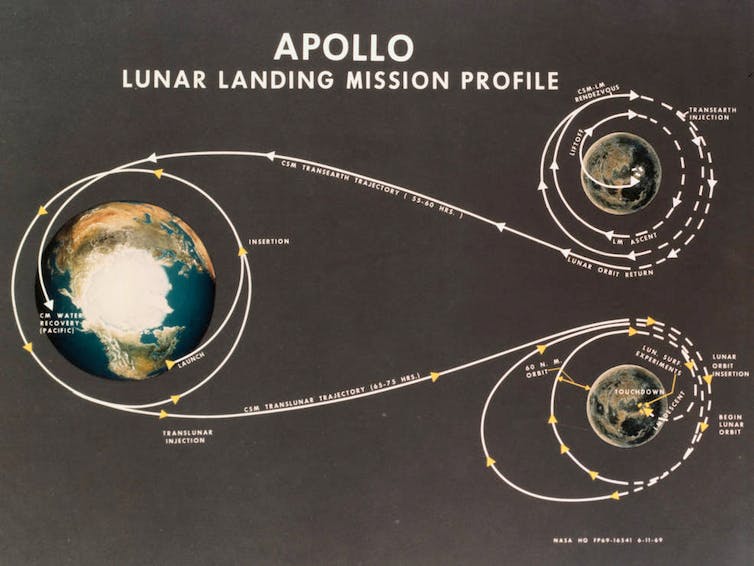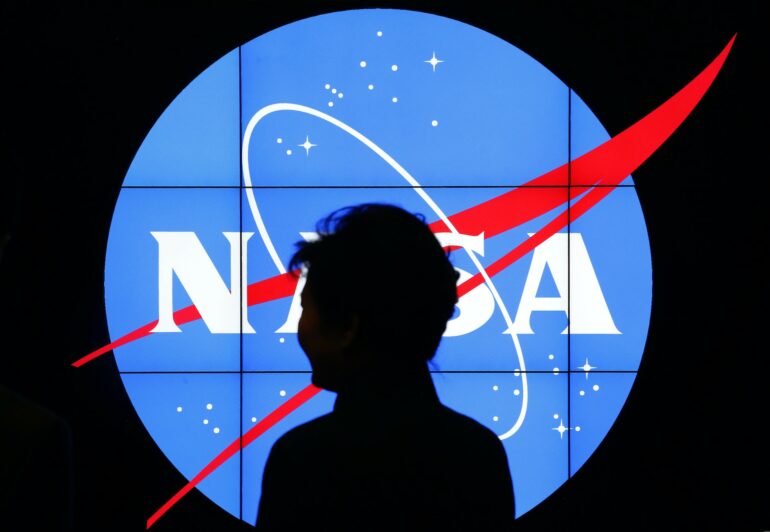Sixty-five years ago, in 1958, several government programs that had been pursuing spaceflight combined to form NASA. At the time, I was only 3 years old.
I’ve now been a professor of physics and astronomy for nearly 30 years, and I realize that, like countless others who came of age in the 1960s and ‘70s, NASA’s missions have had a profound effect on my life and career path. From John Glenn’s first flight into orbit to the Hubble telescope, the agency’s legacy has inspired generations of scientists.
First flight into orbit
The date was Feb. 20, 1962. My first grade teacher, Ms. Ochs, told the class that we would be doing something different on that day. She went to the blackboard and wrote in large block letters “John Glenn” and “NASA.”
She asked if any of us knew what those words meant. None of us did, so she grabbed a globe, and using a pen with a plastic cap, she demonstrated that John Glenn, an astronaut, would soon be launched on a rocket – the pen – from Florida. When the rocket got high enough, Glenn in the Mercury capsule – the cap – would separate from the rocket and go into orbit around the Earth. She demonstrated this by moving the pen cap around the globe.
My class then sat and listened to the historic launch of Friendship 7 carrying Glenn, which was the first U.S. mission to send a man into orbit around the Earth.

During the Gemini mission, two spacecrafts attempted the first-ever space rendezvous. This image, taken in the Gemini 6 craft, shows the Gemini 7 craft just 43 feet away.
NASA
There would be three more missions in the one-manned Mercury program, culminating in Gordon Cooper’s Faith 7 mission, which completed 22 Earth orbits. The program proved that NASA could put a manned spacecraft in orbit and bring it back safely to Earth. Next, NASA was ready to move on to a more maneuverable two-person spacecraft.
A two-person spacecraft
In 1965, NASA planned to launch the two-person Gemini spacecraft, and I moved on to the fifth grade where my teacher, Mrs. Wein, was also a space enthusiast. In December, NASA launched the joint missions of Gemini 6 and 7, and Mrs. Wein gave me permission to stay home from school to watch the TV coverage.
This was the first time that two piloted spacecraft performed what is called a rendezvous maneuver, where they meet up in orbit. Orbital maneuvers like this require very precise calculations and a spacecraft in which astronauts can make path changes in orbit – which is what the Gemini capsule was designed to do.

A lunar orbit rendezvous occurs when a smaller lunar lander breaks off a main spacecraft while in orbit to land on or circle the Moon before returning to the main craft.
NASA, CC BY-ND
The Gemini 6A and 7 spacecrafts practiced a rendezvous maneuver in Earth’s orbit. At the time, I didn’t understand the importance of this mission, until Mrs. Wein directed me to the…



